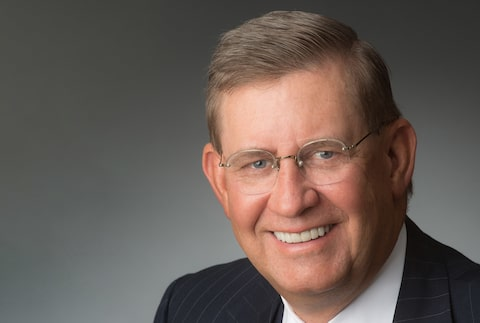Research
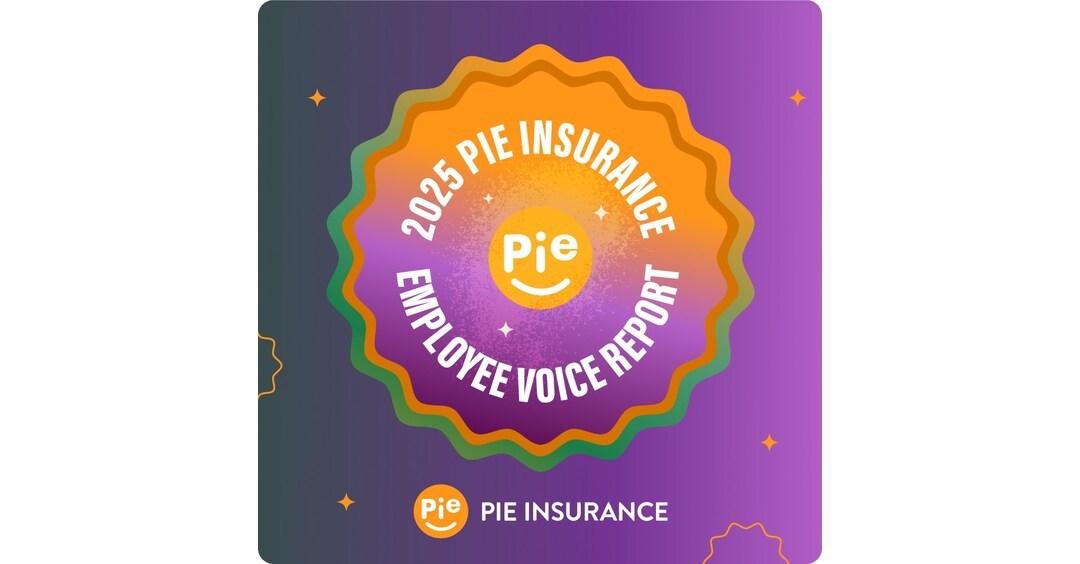
New Report from Pie Insurance: Small Business Safety Priorities Shifting as Employee Needs Evolve, Survey Shows
Pie Insurance, an insurtech specializing in commercial insurance for small businesses, today released its 2025 Small Business Employee Voice on Workplace Safety Report, revealing perception gaps between small business employers and employees on workplace safety priorities.
2025 Small Business Employee Voice on Workplace Safety Report
Serving as a companion to Pie's April 2025 State of Workplace Safety Report, this comprehensive survey of over 1,000 small business employees shows alignment on core safety goals, with both groups agreeing that approximately half of workplace injuries were reported as preventable and that building safer workplaces is a top priority.
However, the research reveals that:
- More than 2 in 3 employees (67%) have safety concerns at work
- More than half of employees (58%) witnessed workplace injuries in the past year
- 43% report feeling pressured to work through unsafe conditions

In property insurance, profit pockets hide amid the volatility
America’s property insurance market posted profits in 2024 – but only just, and not evenly
Homeowners’ multiple peril, by far the largest property insurance line, generated nearly half of all property premiums but also shouldered more than half of the losses, posting a 58.8% loss ratio. In sharp contrast, smaller and mid-sized segments such as fire insurance and inland marine quietly delivered stronger results, with loss ratios in the mid-30s to mid-40s.
Overall, property sub-lines wrote $272 billion in premium last year against $141.5 billion in losses, for a weighted loss ratio of 52%. But beneath the surface, dispersion was stark: earthquake insurance barely registered losses at all, while federal flood soared to a 134% ratio.
For carriers, the map matters. The data, drawn from IBA’s Property & Casualty LOB Performance & Market Trends dashboard, suggests that allocating more capacity to sturdier mid-tier lines like fire, inland marine and commercial multiple peril liability could provide steadier returns. Meanwhile, homeowners’ exposure may demand tighter ring-fencing against catastrophe risks and inflation-driven claim costs.
The full report ranks each property sub-line by premium, loss share and ratio, offering a clear-eyed view of where insurers can still find resilience – and where volatility is testing the market’s limits.
AI in Insurance
Video Recognition: A Necessary AI Capability for the Insurer of the Future - Matteo Carbone
Proud to finally publish this paper after months of work 💥
This paper presents a clear, executive-level case for why video recognition has evolved from a pilot to a core capability across P&C. It demonstrates how cameras serve as versatile sensors that convert routine footage into real-time, auditable signals, preventing loss, sharpening pricing, and compressing claims cycles
Two case studies illustrate the argument from theory to P&L:
🔹 The Hartford’s worker-safety program utilizes computer vision on shop-floor cameras to detect ergonomic risks, powered-equipment hazards, blocked egress, and PPE gaps, then converts these detections into targeted fixes and coaching. Result: fewer risky events, faster learning loops, and measurable injury reduction
🔹 Tokio Marine’s Drive Agent Personal brings dashcams, sensors, and live support to personal auto: instant crash evidence, quicker help, behavior feedback, and AI-assisted fault assessment. The payoff lands on loss ratio, retention, and customer experience
The near future is already visible: multi-sensor IoT fusion, searchable video with visual-language models, self-supervised learning that lowers data costs, and decisioning that closes the loop from detection to action
For the C-suite, the message is practical and urgent: start where loss concentrates, design for the frontline, integrate in the daily processes, be ready for a multi-year commitment to scale
If you believe connect & protect is the future of growth model, this is not another innovation theather, it's a playbook!
Read it to see how a “pair of eyes” added to your core insurance processes can make your policyholders, deliver fairer and faster claims, and generate a better combined ratio
Matteo Carbone, Co-Founder, Board member, Insurtech Thought Leader, Keynote speaker and writer on insurance innovation
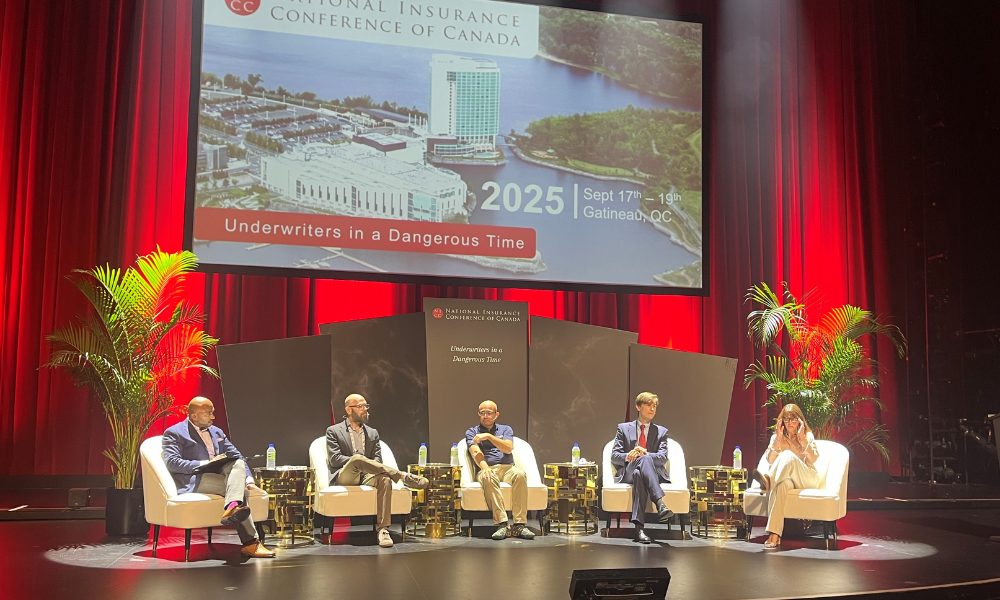
Insurers can’t afford to wait for new AI laws, says legal expert | Insurance Business Canada
Canada’s insurance industry may be waiting for comprehensive AI legislation, but legal exposure is already mounting across existing frameworks, warned Nathalie David (pictured right), partner at Clyde & Co, during a panel at the National Insurance Conference of Canada (NICC).
“The legal landscape for AI is rapidly growing, with significant implications for the insurance industry,” David said.
What is particularly of note for insurers is that not only do they have to be diligent when they include AI systems or tools within their own business operations, these advancements in technology also heighten potential exposures linked to the activities they insure, she warned.
Canada still without a full AI law – but regulation looms
While Canada has yet to pass a comprehensive AI framework, David said the Artificial Intelligence and Data Act (AIDA) – introduced as part of Bill C-27 – has already “set the stage” for responsible AI regulation.
“Even though it died … with the prorogation of Parliament earlier this year, after four years in the works… it still remains a priority for Parliament. We’ll have to see if we are lucky enough to see legislation reintroduced this year,” she said.
In the meantime, insurers remain bound by federal and provincial privacy laws that already affect how companies collect and use data for AI training and automated decision-making. Quebec’s privacy legislation, she noted, adds even stricter rules.

The Claims Industry’s AI Trust Paradox
The insurance industry finds itself at a fascinating crossroads. While AI dominates board meetings across every sector, the claims space tells a more nuanced story: one of cautious optimism tempered by legitimate concerns about trust, accuracy, and regulatory compliance.
A recent survey commissioned by our team at Wisedocs and conducted by PropertyCasualty360 reveals this paradox in detail, offering insights into how claims professionals view AI adoption and what it will take to gain trust across the industry.
The 2025 survey, "AI in Claims: The 4x Trust Effect of Human Oversight," polled claims professionals from PropertyCasualty360's audience, including adjusters, carrier-side claims managers, and third-party service providers. What emerged was a clear picture of an industry ready for technological transformation, but only under the right conditions.
KEY INSIGHT #1: THE TRUST DEFICIT
The survey's most striking finding centers on trust, or, rather, the lack thereof. Only 16% of respondents expressed medium or high trust in AI-generated outputs when used independently, with a mere 2% indicating high trust. This skepticism isn't born from technophobia but from practical concerns rooted in the high-stakes nature of claims work.
The primary barriers to AI adoption reveal why claims professionals remain cautious. Accuracy concerns topped the list at 54%, followed closely by compliance and regulatory risks at 49%, and integration challenges with existing systems at 45%. These aren't abstract worries – they reflect the reality that claims decisions carry significant legal, financial, and reputational consequences.
This cautious approach becomes even more apparent when examining current adoption patterns. A substantial 58% of respondents either don't use AI in their claims process or are uncertain whether their organization employs AI tools. This uncertainty itself is telling, suggesting that AI implementation in many organizations remains fragmented or poorly communicated.
Yet this trust deficit doesn't reflect a wholesale rejection of technology. Instead, it reveals an industry that understands the stakes involved and demands proven reliability before embracing new tools.

Reimagining Homeowners Insurance in the AI-Powered Claims Era
Historically, the insurance claims process was built on paper files, and that infrastructure has not fundamentally changed in more than 100 years. It’s long overdue for a refresher.
AI is widely regarded as one of the most transformative forces in the insurance industry, creating opportunities to streamline processes and enhance customer satisfaction. In home insurance alone, 70 percent of insurers are already using AI or are actively exploring its applications, with adoption strongest in claims (54 percent), underwriting (47 percent), marketing (47 percent) and fraud detection (42 percent), according to an August 2023 NAIC staff report on home insurance, artificial intelligence and machine learning. This rapid uptake reflects the industry’s recognition that longstanding systems are overdue for change.
By analyzing data and imagery, AI not only improves efficiency but also helps reduce human bias in underwriting, leading to fairer and more consistent outcomes.
Commentary/Opinion

Tech innovation is changing the shape of the insurance industry - Insurance News | InsuranceNewsNet
Innovation is changing the shape of the insurance industry as technology receives a wider adoption by carriers.
Change in the insurance business is moving ahead faster than ever. Insurers are embracing new technologies and processes, and as they do so, they’re changing the shape of the industry. Several new advances impact the field, demonstrating the importance of keeping up with innovation.
With 2025 on pace to surpass $100 billion in insured losses from natural catastrophes (for the seventh year in a row), the industry is feeling a lot of pressure. To add to the stresses, in 2024 the global number of cybercrime claims over $1.16 million went up by 14% and the severity of those claims increased by 17%, in a continuation of a years-long upward trend.
To face these challenges, insurers and reinsurers are increasingly turning to technological tools and new process methods to create a more resilient and cost-effective business model. For example, a 2024 InsurTech Insights survey reported that 78% of reinsurers used machine learning algorithms to enhance catastrophe models, a 16% increase from just two years before. These models bring in data from satellite imagery, smart devices and other sources, providing real-time information that can drive precise predictive models.
And, according to statistics from Conning, artificial intelligence is being adopted at an accelerated pace in the insurance industry with 77% of respondents in their 2024 survey saying that they are integrating AI in their practices - a 16% increase from the same survey in 2023.
Alicia Chandler is president of Oak Street Funding, a First Financial Bank company. Contact her at alicia.chandler@innfeedback.com.
Telematics, Driving & Insurance
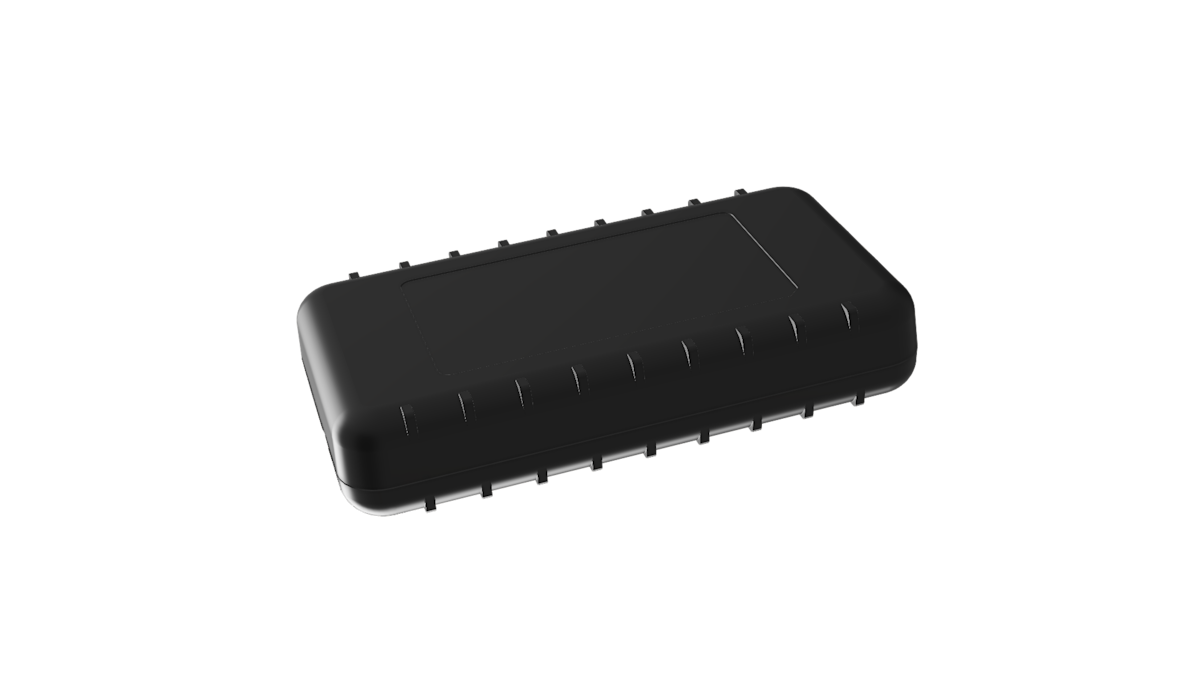
Positioning Universal and Syntiant Unveil AI-Powered Sound Sensing Telematics Device
New Edge AI Solution Brings ‘Smart Hearing’ to Vehicles, Detecting Crashes, Collisions and Break-In Attempts with Faster, More Accurate Alerts Positioning Universal and Syntiant Introduce AI-Powered PUI TM94 Telematics Device The PUI TM94 telematics device combines
Positioning Universal’s acoustic sensors with Syntiant’s NDP100 Neural Decision Processor™ to detect collisions, break-ins, and other high-risk events in real time, enabling faster, more reliable vehicle monitoring and security. SAN DPositioning Universal (PUI), a pioneer in connected vehicle technology, and Syntiant Corp., the recognized leader in ultra-low-power edge AI deployment, today announced the availability of an aftermarket telematics tracker with AI-powered sound sensing, setting a new industry standard for vehicle security, smart monitoring and operational insight.
Developed using Syntiant’s NDP100 Neural Decision Processor™ and PUI’s advanced acoustic sensors and software, the new PUI TM94 enables vehicles to actively listen, interpret and respond to their surroundings in real time at significantly lower power, expanding telematics beyond passive tracking to active environmental sensing.
Building on its deep IoT and telematics expertise, PUI’s proprietary acoustic sensors and embedded software work seamlessly with the NDP100 to distinguish between everyday background noise and high-risk events, such as glass breakage, metal impact and vehicle intrusion in noisy environments, without relying on cloud connectivity.
“Telematics has historically focused on location and driving data,” said Mark Wells, CEO of Positioning Universal. “By integrating AI sound sensing, vehicles can now detect critical events like collisions or unauthorized entry attempts, giving fleets and drivers smarter, faster, and more actionable intelligence. This is a major leap forward for vehicle safety and operational awareness.”
Climate/Resilience/Sustainability
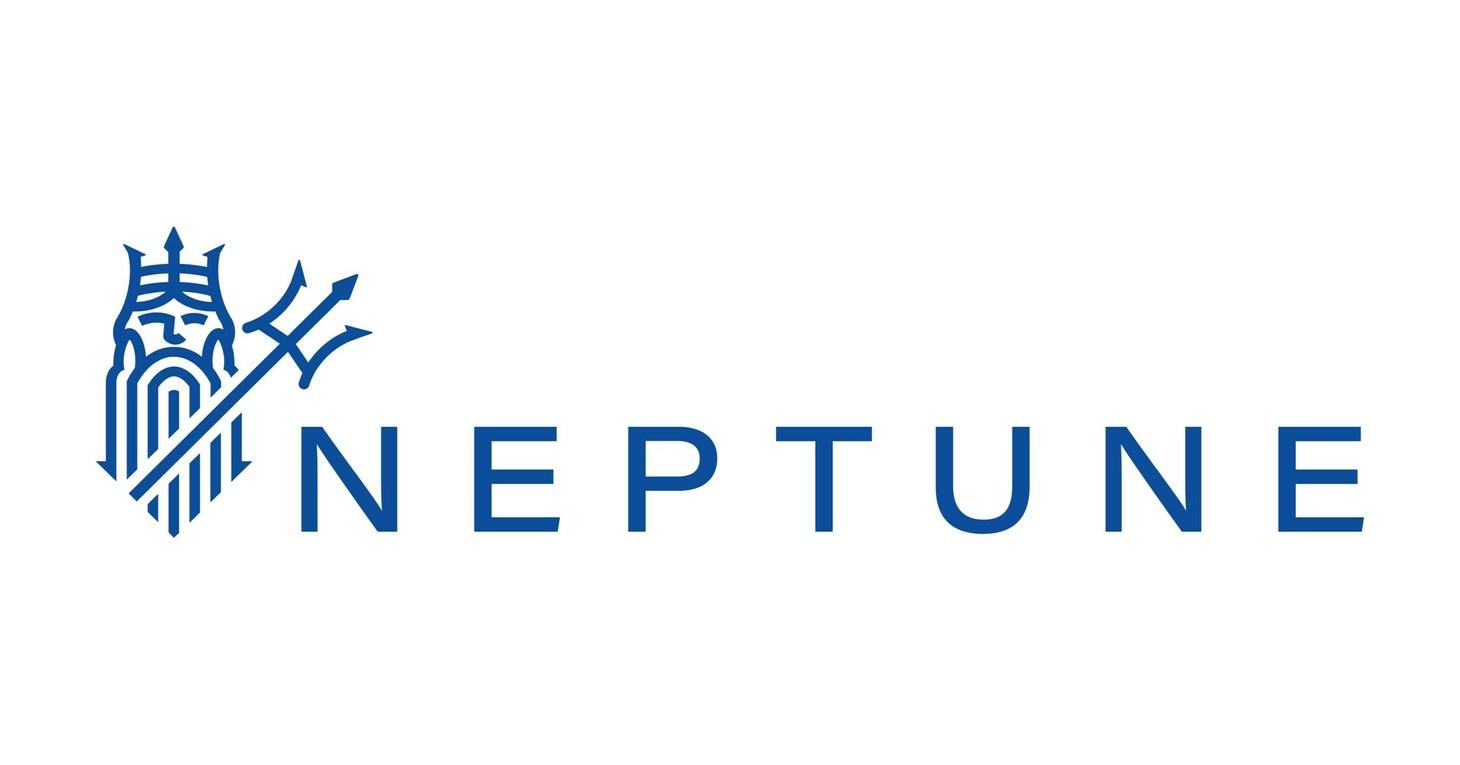
Neptune Flood Research Group Outlines a Path Forward for the National Flood Insurance Program
For more than 50 years, the private insurance industry was unable to take on the flood peril, making the National Flood Insurance Program (NFIP) essential in reducing systemic risk. That is no longer the case.
The NFIP is $22.525 billion in debt (including a $2 billion increase in 2025), and every new policy sold adds risk to the U.S. taxpayer. This debt level would have been even higher if Congress had not forgiven $16 billion in 2018. The NFIP continues to take on risks that the private market is ready and better prepared to manage.
The latest issue by Neptune Research Group explores a practical shift:
Continue offering renewals to existing NFIP customers. Current NFIP policyholders should be able to maintain their coverage for as long as they own their property.
Stop selling new NFIP policies. The private market already has the tools, technology, and capacity to manage the risk that the NFIP continues to add. Unlike many legacy renewals, which are still capped on a glide path, new NFIP policies are charged the full Risk Rating 2.0 rate. Private insurers often offer lower premiums than the NFIP full-risk price.
Maintain a small safety net. For the small group (about 5%) who can't get private coverage after documented declinations, the NFIP would continue to serve as a last-resort option. This transition could be implemented by the Administration without new legislation, as outlined in a FEMA memo that included the option to halt new NFIP enrollments.
The case for action is straightforward, and the benefits are clear:
- 95% of new policyholders are eligible for coverage in the private market.
- 60% of new policyholders would pay less in the private market than they would with the NFIP.
- $550-700mm in premiums would shift to the private market each year.
- 6-7 years is the transition period until 95% of NFIP policies are transferred to the private market.
Payments
One Inc and Equisoft partner to modernise life insurance payments
One Inc, the leading payments network, and Equisoft, a global provider of advanced digital solutions for the financial services sector, have announced a new partnership to deliver modern premium payment experiences for insurers and policyholders.
The collaboration aims to simplify premium payment processes by combining One Inc’s PremiumPay® platform with Equisoft’s life insurance policy administration solutions.
It aims to reduce manual processes, lower costs, and support insurers’ digital transformation efforts, while also enhancing customer experience with broader payment options.
The companies explained that by embedding One Inc’s premier platform PremiumPay directly into Equisoft’s policy administration platform, insurers can access an “out-of-the-box” integration that accelerates digitalisation of premium collections.
This partnership comes at a time when the insurance industry is facing growing pressure to modernise services to meet the expectations of younger, digitally savvy policyholders.
The move builds on One Inc’s ongoing momentum in reshaping life insurance payments, strengthening its position as a key player in payment modernisation for insurers.
EMEA
Solera Partners With PPG to Track Vehicle Repair Emissions - CollisionWeek
Partnership will help European collision repair shops comply with reporting regulations.
Solera has formed a partnership with PPG (NYSE:PPG) to integrate carbon dioxide (CO₂) emissions tracking data into vehicle repair processes, the companies announced today.
The collaboration will incorporate PPG’s automotive refinish coatings into Solera’s Sustainable Estimatics platform, allowing body shops to measure carbon dioxide emissions associated with individual repairs. The system accounts for variables including repair methods, paint application and drying conditions.
The integration will allow customers to track Scope 1, 2 and 3 CO2 emissions through dashboard tools. The companies said the data can help shops comply with regulations including the European Union Corporate Sustainability Reporting Directive, which requires emissions reporting starting in 2025

